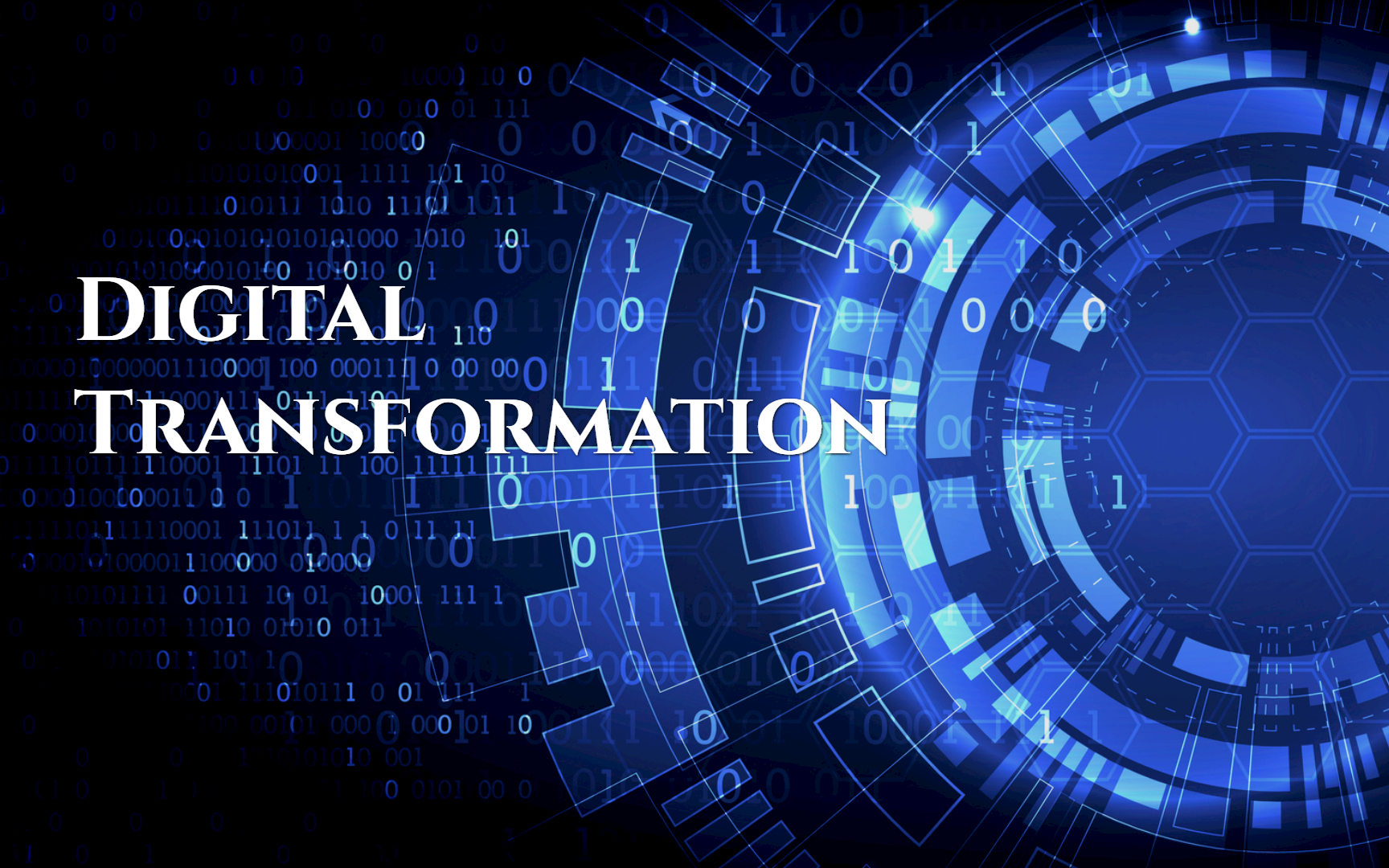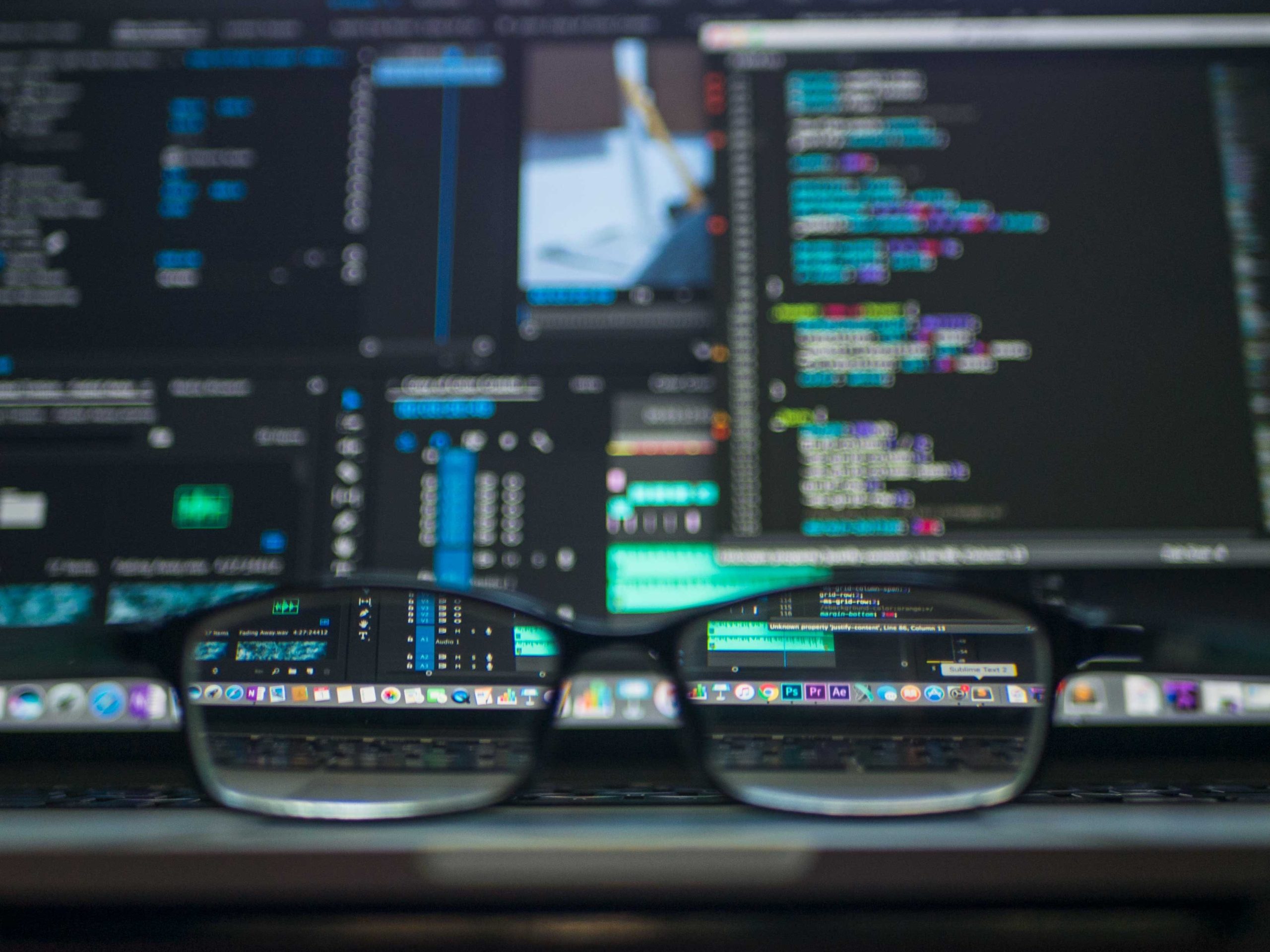
Digital transformation isn’t just about technology – it’s about reimagining how your business operates, delivers value, and stays competitive. Here are some proven tips to optimize the process and unlock real results:
Start with a Clear Vision: Define what digital transformation means for your business. It’s the blueprint that guides your strategy.
Engage Your Team: Transformation is a team sport. Foster a culture of innovation and make everyone a stakeholder in the process.
Focus on Customer Experience: Use technology to enhance your value proposition. Delighted customers are your biggest advocates.
Leverage Data Wisely: Data-driven insights can unlock unprecedented opportunities for efficiency and personalization.
Prioritize Agility: In a fast-paced digital world, the ability to adapt quickly is invaluable. Implement lean methodologies to stay flexible.
Secure Your Transformation: As you digitize, cybersecurity becomes paramount. Protect your assets and your customers’ trust.
Measure and Iterate: Set clear KPIs. What gets measured gets improved. Be prepared to pivot based on feedback and results.
While digital transformation is a motivating and energizing experience, it is important to recognize that change may cause anxiety and upheaval. Leaders must pay attention to their team’s responses and feedback, demonstrating care, empathy, and support.
Here are key considerations as you embark on your transformation journey:
- Perform vulnerability analysis.
- Humanize the digital transformation process.
- Ensure communications are clear, plain-spoken, impelling, and thought-provoking.
- Fill uncertain and problematic spaces with spirited ideation, vigorous testing, potent learning, and dynamic discussions.
- During transitional phases, balance tenacity and agility with patience and purposeful listening.
- For effective change management, make the process open, visible, well-orchestrated, and invigorating.
Digital transformation is a journey, not a destination. By focusing on these principles, you can drive operational efficiency, improve performance, and future-proof your organization.
Leveraging my extensive experience in leading digital transformations, I excel in navigating the complexities of integrating technologies while preserving core company capabilities. My expertise lies in crafting strategies that not only modernize operations but also foster a culture of innovation and resilience.
Whether you’re at the initial stages or looking to refine your approach, I welcome the opportunity to discuss how we can develop a tailor-made roadmap to unlock your organization’s full potential. Let’s connect and transform your vision into reality.
#DigitalTransformation #Leadership #OperationalEfficiency #Innovation #BusinessGrowth
LinkedIn: https://www.linkedin.com/company/art-of-digital-commerce/
Contact: (760) 429-3800 | anna@artofdigitalcommerce.com | artofdigitalcommerce.com








